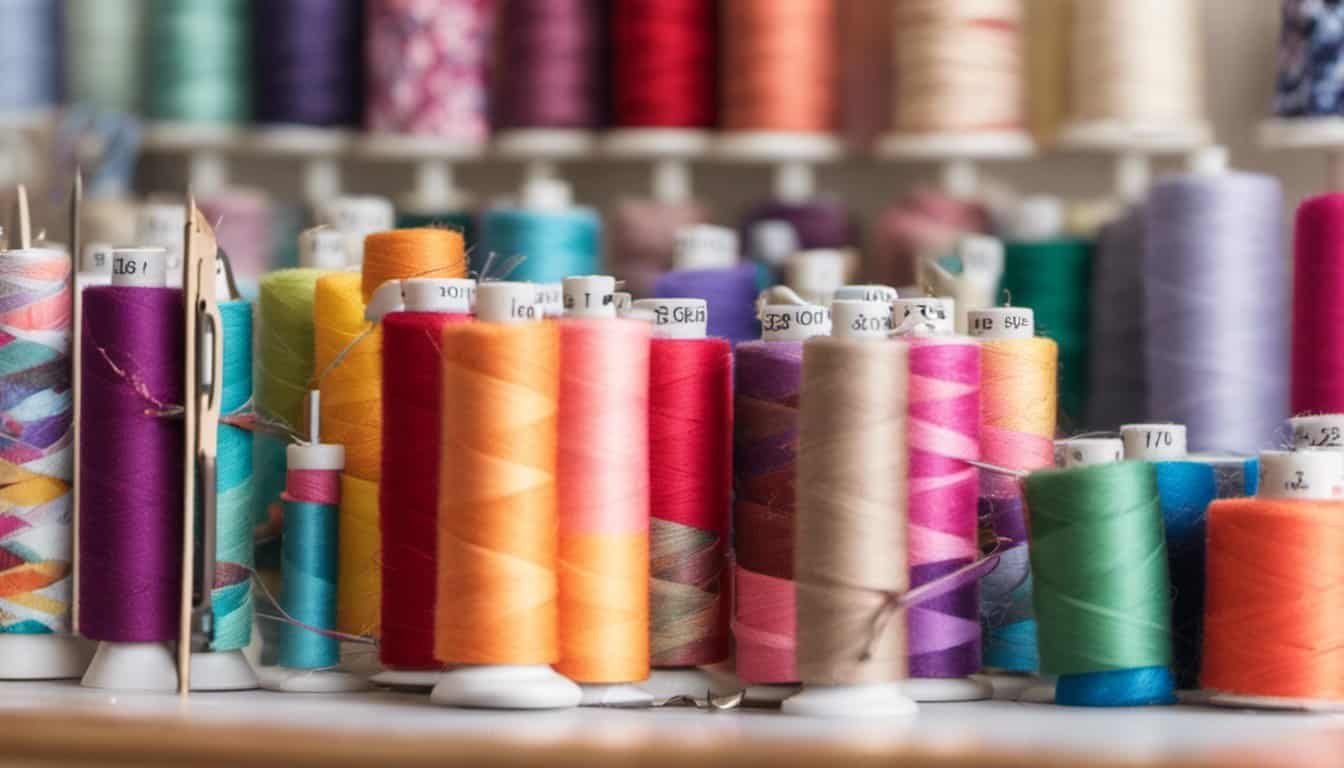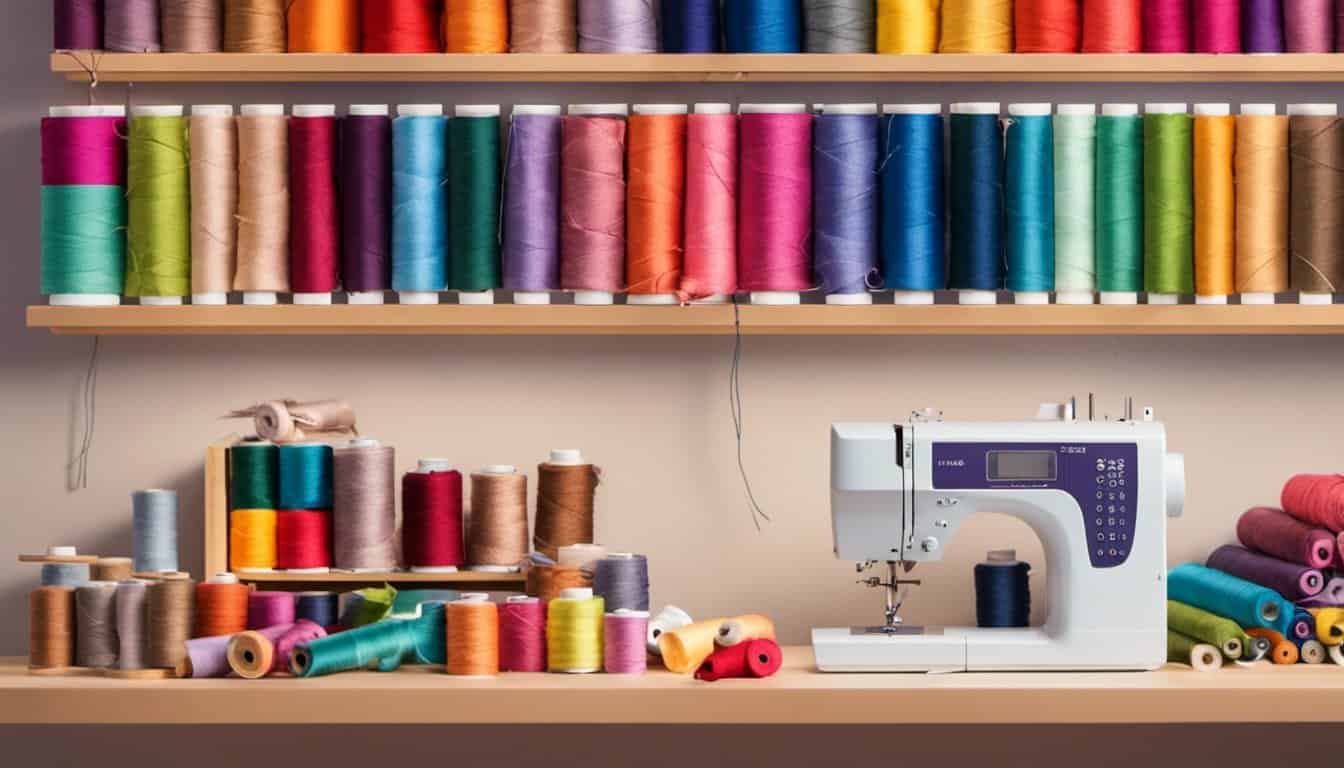Sewing with calico is one of my favorite ways to create beautiful quilts that tell a story. This charming fabric, known for its vibrant prints and durable quality, adds a touch of whimsy to any project. Whether you’re a seasoned quilter or just starting out, calico offers endless possibilities for creativity.
Understanding Calico Fabric
Calico fabric holds a special place in my heart. Its unique features and prints make it perfect for quilting projects, adding both charm and functionality.
Characteristics of Calico
- Fiber Content: Calico is usually made from 100% cotton, providing a soft feel and durability.
- Prints: Calico fabric often features small, elaborate floral patterns or motifs, adding character to quilts.
- Weight: Typically, calico has a lightweight feel, making it easy to cut and sew.
- Finishing: The fabric usually undergoes a printing process that enhances colorfastness, allowing for long-lasting vibrancy.
- Width: Calico generally measures around 44 to 45 inches wide, suitable for various quilting styles.
Benefits of Using Calico in Quilts
- Versatility: Calico works well in diverse patterns and styles, from traditional to modern quilts.
- Affordability: Calico fabrics tend to be budget-friendly, making them accessible for quilters of all levels.
- Ease of Use: The lightweight nature of calico makes it simpler to handle, cut, and stitch, especially for beginners.
- Compatibility: It pairs well with other fabrics, allowing for creative combinations and designs.
- Variety: Calico offers a wide range of colors and designs, enabling endless possibilities in quilt aesthetics.
Essential Tools for Sewing with Calico
Sewing with calico fabric requires specific tools that make the process enjoyable and efficient. Having the right equipment not only increases precision but also improves the overall experience. Here’s a look at the essential tools I recommend for working with calico.
Sewing Machines
Sewing machines offer speed and efficiency for quilting projects. I prefer machines with adjustable stitch lengths and the ability to handle multiple layers of fabric. Brands like Brother and Janome provide excellent options. Choose a machine with a walking foot, as it helps move the calico evenly, preventing puckering. Explore features such as built-in stitches, which add versatility when creating patterns.
Cutting Tools
Cutting tools play a crucial role in achieving clean edges. I swear by a rotary cutter for straight lines, paired with a self-healing cutting mat to protect my surfaces. Scissors with sharp blades are essential for detail work and trimming threads. I always keep a pair of embroidery scissors handy for tight spaces. Ensure you invest in a reliable ruler for precise measurements, as accuracy eliminates fabric waste.
Sewing Notions
Sewing notions are vital for successful quilting. I utilize pins or clips to hold fabric pieces together and ensure accurate seams. A quality seam ripper also serves as a backup for any mistakes made along the way. I keep fabric markers or chalk for marking lines and a measuring tape for reference. Iron-on interfacing can add structure and support when combining calico with lighter fabrics. Consider insulated gloves if you’re working with hot tools, helping to prevent accidental burns.
By using these essential tools, I find joy in sewing with calico. Having the right equipment makes the process smoother and enhances my quilting projects.
Preparing Your Calico for Quilting
Preparing calico for quilting ensures your fabric performs well and maintains its beauty throughout the project. Proper preparation includes pre-washing the fabric and using effective cutting techniques.
Pre-Washing
Pre-washing calico serves multiple purposes. It removes any sizing or chemicals, preventing unwanted surprises later. It allows for any shrinkage that may occur, ensuring that your quilt maintains its shape over time. I wash calico in cold water with a mild detergent and air-dry it to preserve the fabric’s integrity. After washing, I press the fabric with an iron to remove wrinkles, making it easier to work with.
Cutting Techniques
Employing precise cutting techniques is essential for achieving accurate quilt pieces. I recommend using a rotary cutter for straight lines, as it provides clean cuts and minimizes fraying. When cutting, I lay the fabric flat on a cutting mat, ensuring all edges are aligned. For intricate shapes or curves, sharp scissors work best. I also use a clear acrylic ruler to guide my cuts and double-check measurements for precision. Marking the fabric with a fabric pencil helps me remember where to cut, enhancing both accuracy and ease.
Techniques for Sewing with Calico
Sewing with calico requires specific techniques to maximize its potential while creating beautiful quilts. Understanding piecing techniques and appliqué methods can elevate any project.
Piecing Techniques
Using precise piecing techniques is essential when working with calico. I recommend starting with a 1/4-inch seam allowance, common in quilting, to ensure uniformity across blocks. Pressing seams open or to one side minimizes bulk, providing smoother finished edges.
Cutting fabric pieces accurately is crucial. I like to use a rotary cutter alongside a clear acrylic ruler for straight cuts. For complex shapes, sharp scissors come in handy. Always check the print orientation before cutting; aligning patterns creates a polished look.
Pinning fabric pieces before sewing helps maintain alignment. I use fine quilting pins to avoid creating unnecessary holes in this delicate fabric. Basting stitches can serve as temporary holds when piecing intricate designs.

Appliqué Methods
Appliqué adds dimension and interest to calico quilts. I often choose raw-edge appliqué for its simplicity and fast results. Tracing shapes onto lightweight fusible web fabric allows for easy application to the calico. After cutting out the shapes, I lightly press them onto the background fabric, following manufacturer instructions for the fusible.
For a more finished look, I prefer using a zigzag stitch or a decorative stitch around the edges of the appliqué piece. This not only secures the shape but also enhances overall design, adding a unique touch.
Another method, needle-turn appliqué, involves turning the edges under as I sew. While this technique takes more time, it creates a beautifully smooth edge. I find using a sharp needle and fine thread essential to achieve neat results.
Mastering these techniques leads to stunning quilts that showcase the charm of calico fabric.
Tips for Successful Calico Quilting
Sewing with calico fabric offers vibrant options for quilt-making. Here are some effective tips to enhance your calico quilting experience.
Choosing Color Combinations
« Transform Your Kitchen: The Ultimate Guide to Making a Fabric Spice Rack Organizer
Say Goodbye to Iron Mishaps: Discover the Ultimate Guide to Solving Fabric Burn Marks »
Choosing color combinations plays a vital role in quilt aesthetics. Select colors that complement each other for a cohesive look. Utilize a color wheel to explore harmonious pairings, such as analogous colors or contrasting shades. I often find that pairing bold prints with solid colors helps create balance and highlights the intricate patterns of calico. Testing fabric swatches together aids in visualizing the final quilt, ensuring vibrant and appealing designs.
Maintaining Fabric Integrity
Maintaining fabric integrity ensures calico remains beautiful throughout the quilting process. Wash the fabric in cold water with a mild detergent before cutting. This pre-washing step removes any chemicals and prevents future shrinkage. Press the fabric after washing to eliminate wrinkles, allowing for easier cutting and sewing. Store calico in a cool, dry place to prevent fading or damage. Avoid exposure to direct sunlight, which can dull colors over time. Taking these precautions helps preserve calico’s charm, allowing me to create stunning quilts for years to come.
Conclusion
Sewing with calico has truly been a delightful journey for me. Its vibrant patterns and soft texture make every quilt a unique masterpiece. I love how it brings creativity to life and offers endless possibilities for both new and seasoned quilters.
With the right tools and techniques, working with calico becomes a breeze. Preparing the fabric properly and mastering those sewing methods can elevate your quilting game. I can’t wait to see what beautiful creations you’ll make with calico. So grab your fabric and let your imagination run wild—happy quilting!


















